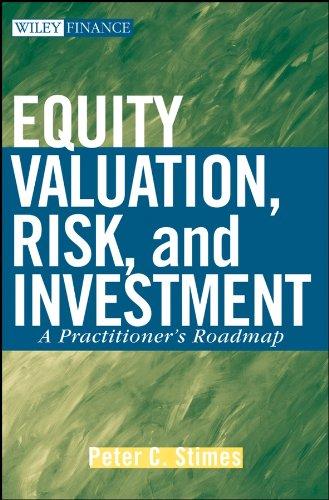Question
Consider two mean-variance investors who are not leverage constrained, they both choose an optimal portfolio that combines two risky assets A and B and a
Consider two mean-variance investors who are not leverage constrained, they both choose an optimal portfolio that combines two risky assets A and B and a riskfree asset. The two investors differ only in their risk aversion. The risky assets yield average returns E(RA) = 10% and E(RB) = 20% with standard deviations A = 15% and B = 5% (a) Which investor will hold a higher proportion of her wealth in the risk-free asset? (10 points) (b) Lets say that the less risk-averse investor holds a positive amount of asset A. Is it possible that the more risk-averse investors holds negative amounts of asset A? (12 points) (c) Given the information given above, can we find the optimal risky portfolio? (12 points)
Step by Step Solution
There are 3 Steps involved in it
Step: 1

Get Instant Access to Expert-Tailored Solutions
See step-by-step solutions with expert insights and AI powered tools for academic success
Step: 2

Step: 3

Ace Your Homework with AI
Get the answers you need in no time with our AI-driven, step-by-step assistance
Get Started


